
SMOKE AND SURVIVAL
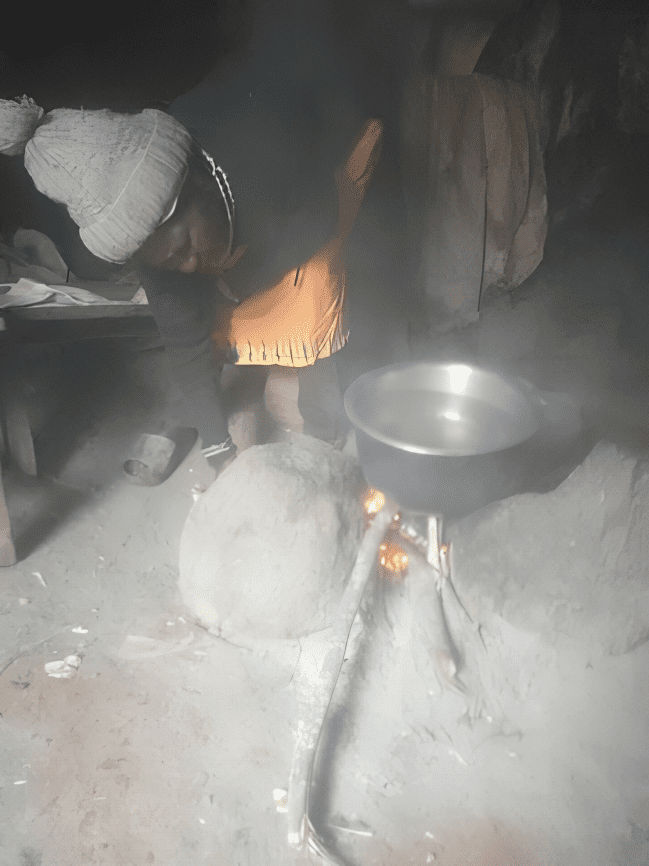
By Roisa Kerry, Public Health Journalist
No one should have to risk their life to cook a meal. Yet in Kibiko and Nalepo, kitchens double as smoke chambers, with indoor air pollution reaching deadly levels. This preventable crisis claims millions of lives each year, mostly women and children. Clean cooking is not a luxury; it is a basic right. Urgent action is needed to make safe, affordable stoves accessible to every household.
The late afternoon sun spills over the hills of Ngong in Kajiado County, painting the sky in hues of amber and rose. In a tin-roofed home in Nalepo, 36-year-old Mary Naserian crouches over a three-stone fire. Smoke curls around her, stinging her eyes as she fans the flames beneath a pot of maize and beans.
The acrid haze clings to her hair, her clothes, and her lungs. “My mother cooked like this, my grandmother too,” she says. “We never thought the smoke could kill us.” For Mary, and thousands of people like her in Kibiko and Nalepo, cooking is not only about feeding a family. It is survival, tradition, and community. But it comes at a cost: the hidden danger of indoor air pollution is a silent, daily assault on health.
A silent killer few talk about
Indoor air pollution is one of the world’s least discussed but deadliest health risks. According to the World Health Organization (WHO), it causes 3.2 million premature deaths every year, mainly from pneumonia, chronic obstructive pulmonary disease (COPD), heart disease, and lung cancer.
The culprit is familiar: household use of solid fuels such as wood, charcoal, dung, and crop residues, burned in open fires or inefficient stoves. Globally, nearly 2.3 billion people are exposed daily. In Kenya, approximately 70 percent of households still use these fuels. In rural and peri-urban communities like Kibiko and Nalepo, kitchens are often poorly ventilated.
The smoke levels inside can reach ten times higher than the WHO’s recommended safe limits for fine particulate matter (PM2.5). Kajiado County records respiratory diseases as among the top outpatient cases.
Kenya Medical Research Institute (KEMRI) scientists have linked prolonged smoke exposure to heightened risks of acute respiratory infections in children and chronic respiratory disease in adults. Wesley Mochama, a nurse at Oletepes Health Centre, sees the toll daily.
He says: “Children come in with persistent coughs and wheezing. Mothers suffer from headaches and burning eyes. Almost every time, the root cause is the same — smoky kitchens.”
The gendered burden
Indoor air pollution is not an equal-opportunity killer. Women and children bear the heaviest burden. Women like Mary spend long hours each day tending fires in kitchens that double as smoke chambers. Children, often strapped to their mothers’ backs or playing nearby, breathe in the same toxic air.
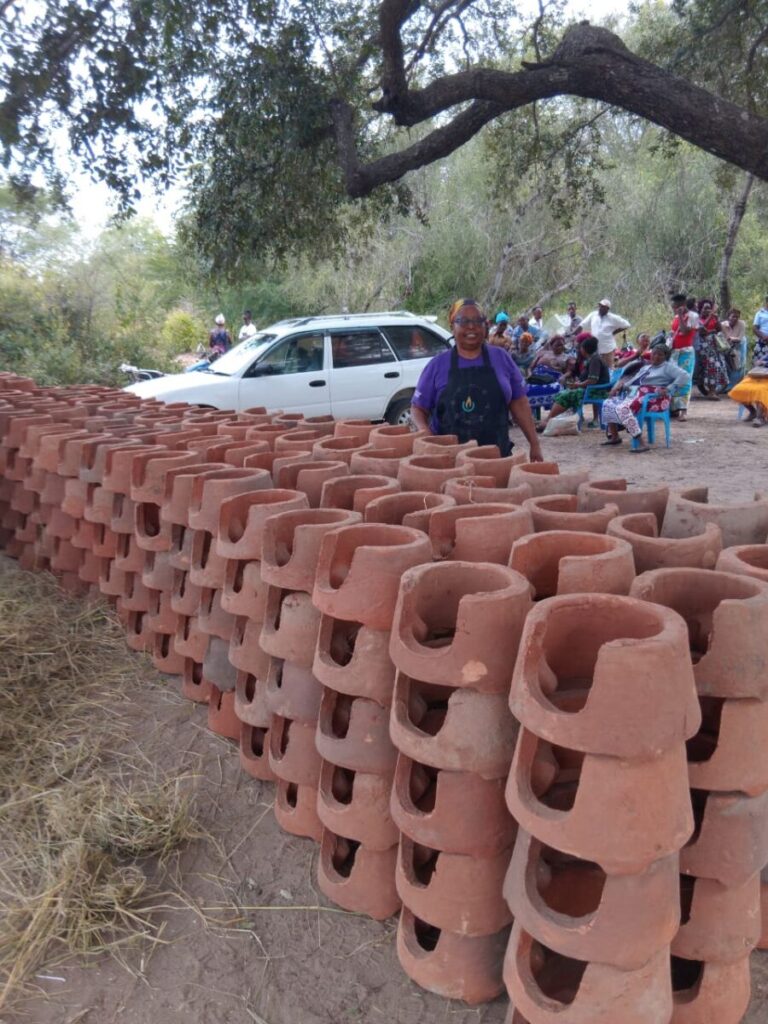
Studies show children under five are at the highest risk of pneumonia from indoor smoke. The economic burden is also gendered. Women lose time collecting fuel, and families spend money on hospital visits that could have been prevented. The energy poverty trapping women in smoky kitchens also perpetuates cycles of poor health, missed school days for children, and lost productivity for families.
The promise of change
Despite the risks, a slow transformation is underway in Kibiko and Nalepo. A handful of households have shifted from three-stone fires to improved clean cooking stoves, a simple innovation that burns fuel more efficiently and produces far less smoke.
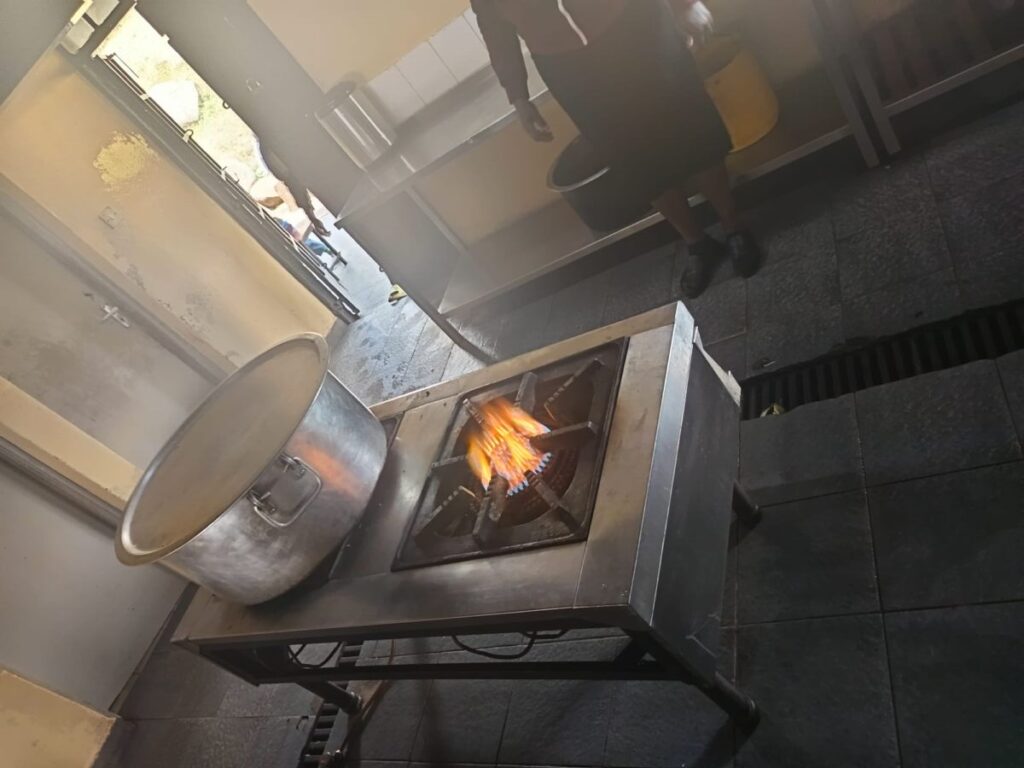
The difference is visible: kitchens once blackened by soot now have clearer walls, mothers no longer cook with streaming eyes, and children cough less. Families are also saving money on firewood. Yet adoption remains stubbornly low.
A 2022 GIZ survey found that while 82 percent of households had heard about improved stoves, only 23 percent were using them regularly. The barriers are complex: affordability, durability concerns, and cultural habits.
For staple foods like ugali and githeri, many believe only a three-stone fire achieves the right taste and consistency. Mary herself hesitates: “If I could get one on credit, I’d try. But paying at once is impossible.”
Solutions are within reach
The crisis of indoor air pollution is preventable, and solutions already exist—many of which are proving effective. Affordable financing options such as subsidies and microfinance can make clean stoves more accessible through pay-as-you-go models, loans, or community savings groups.
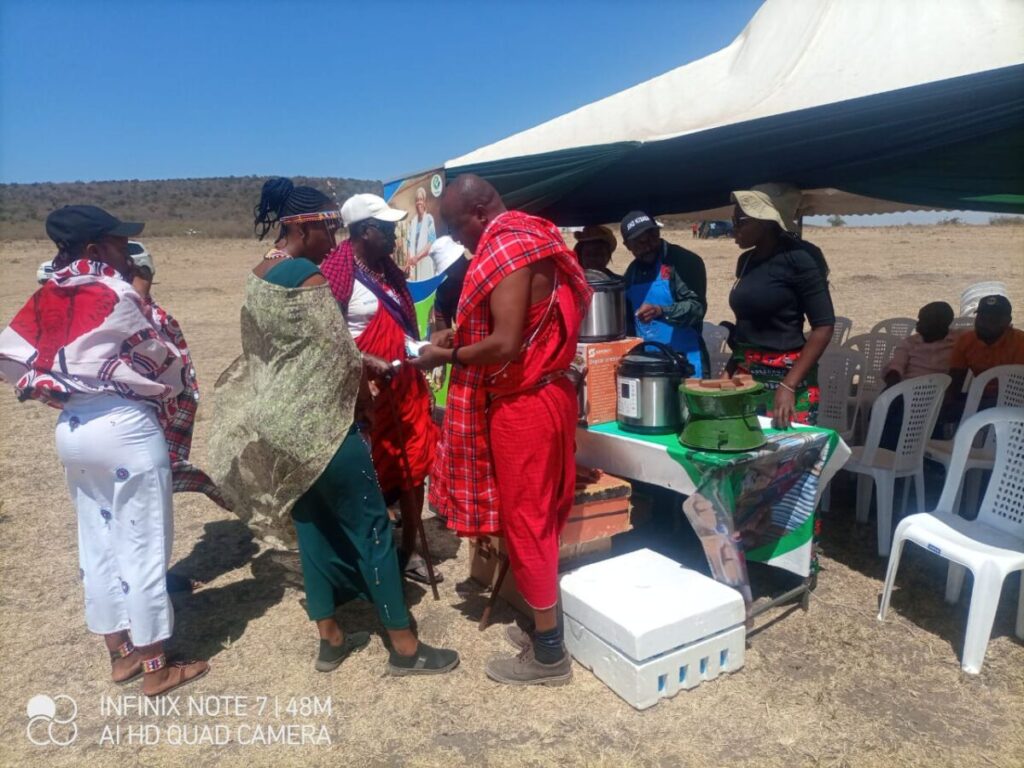
However, the success of these technologies depends on cultural adaptation; if a stove cannot cook staples like ugali properly, it will not replace the traditional three-stone fire. Equally important are awareness campaigns, where community health workers educate households on the risks of smoke and the benefits of clean cooking.
Policy action is also critical, positioning clean cooking as a national health and energy priority, integrated into healthcare outreach and supported by subsidies. At the same time, donors and NGOs, including GIZ and the Clean Cooking Alliance, play a vital role in ensuring that access to these solutions can be scaled up sustainably.
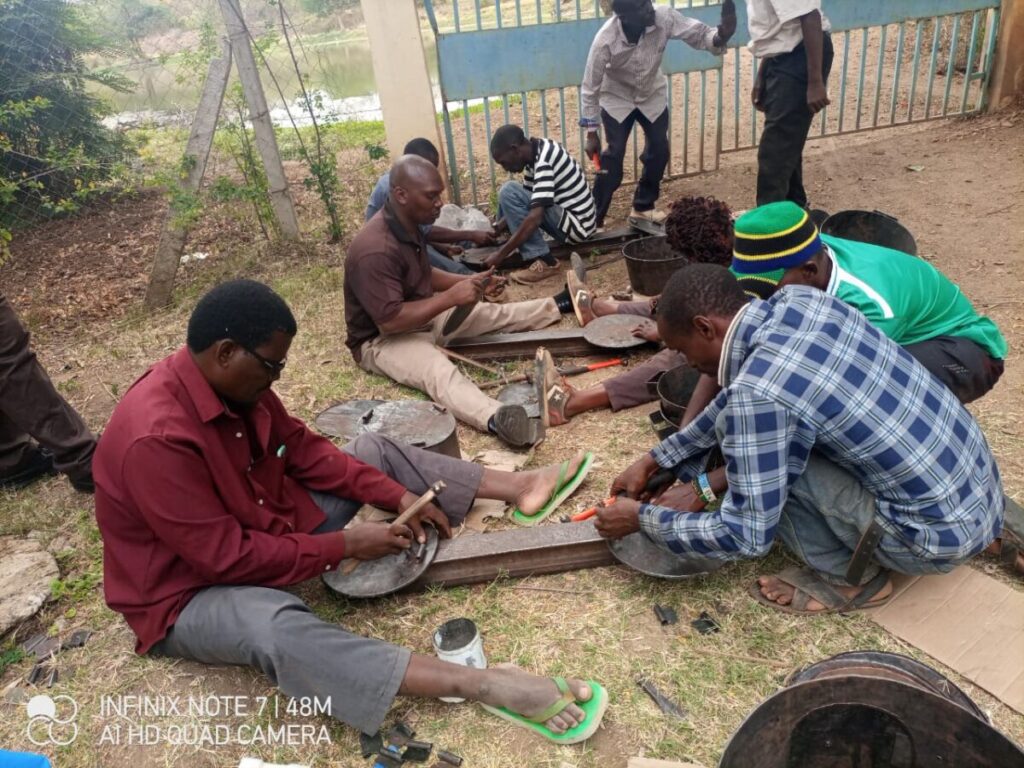
This is not just a local crisis; it is a global one. The women of Kibiko and Nalepo represent millions worldwide still cooking in smoky kitchens. In Kenya, tackling indoor air pollution aligns with national health goals, environmental sustainability, and gender equity.
For the world, it contributes to climate commitments and the Sustainable Development Goals. It is also a question of justice. Why should women like Mary pay with their lungs to put food on the table?
Breathing change
Back in Nalepo, Mary lifts her pot off the fire, eyes watering. A neighbour tells her about her new stove and how her kitchen is now smoke-free. Mary dreams of the same relief. “The smoke has always been part of our lives,” she says softly. “But maybe it doesn’t have to be.”
Change is possible. You can see it in homes where clean stoves have been adopted: healthier families, brighter kitchens, empowered women. But for that change to reach everyone, it requires sustained effort, affordable access, and the belief that no meal should come at the cost of someone’s lungs.
The smoke may be an old companion in these kitchens, but the community is ready to leave it behind. The question is whether the rest of us—policymakers, innovators, donors, and citizens—will take action now: support clean energy initiatives, advocate for funding, and help make safe cooking accessible to all.
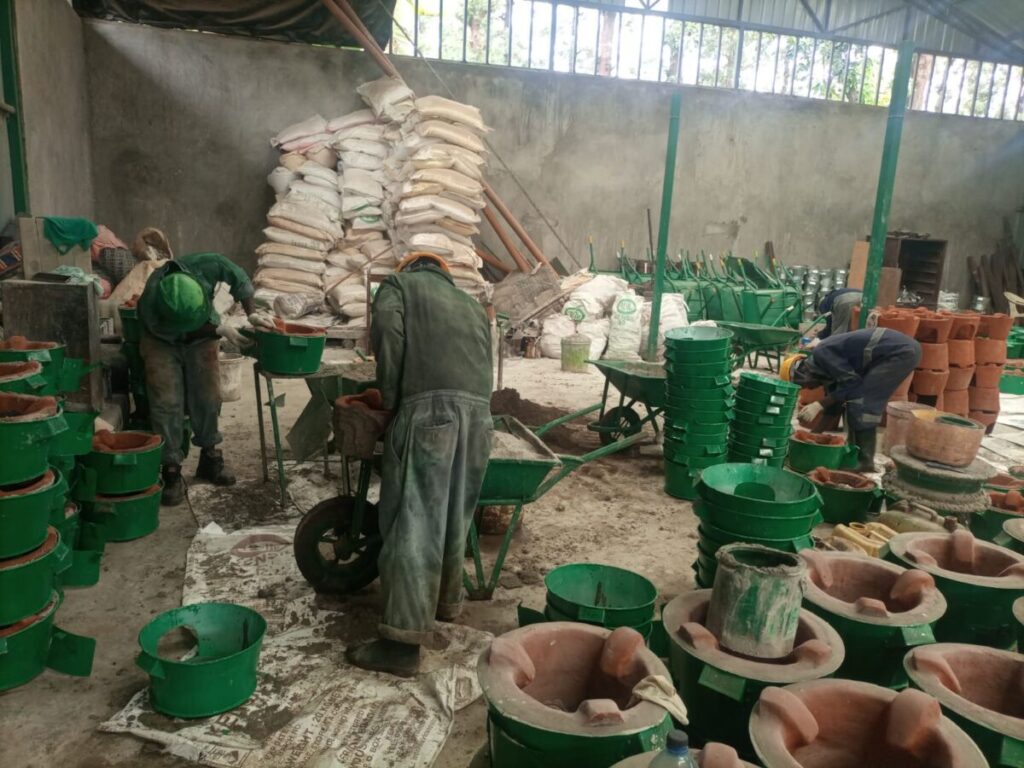
The clean cooking crisis
- 2 million deaths annually from indoor air pollution (WHO).
- 70% of Kenyan households cook with solid fuels.
- Smoke levels ten times higher than WHO safe limits.
- Women and children are most affected.
- Only 23% of households use improved stoves regularly.

Leave a Reply